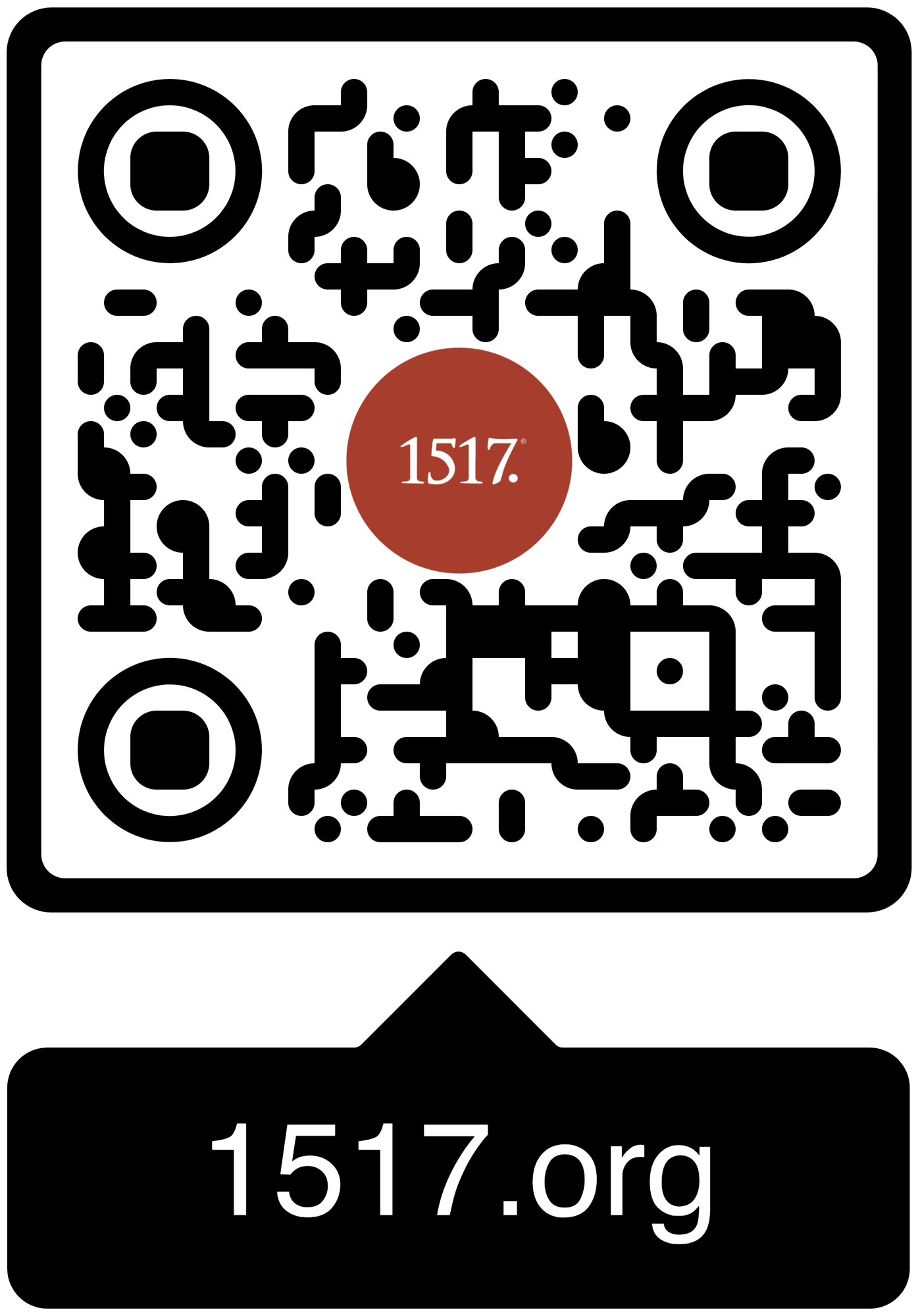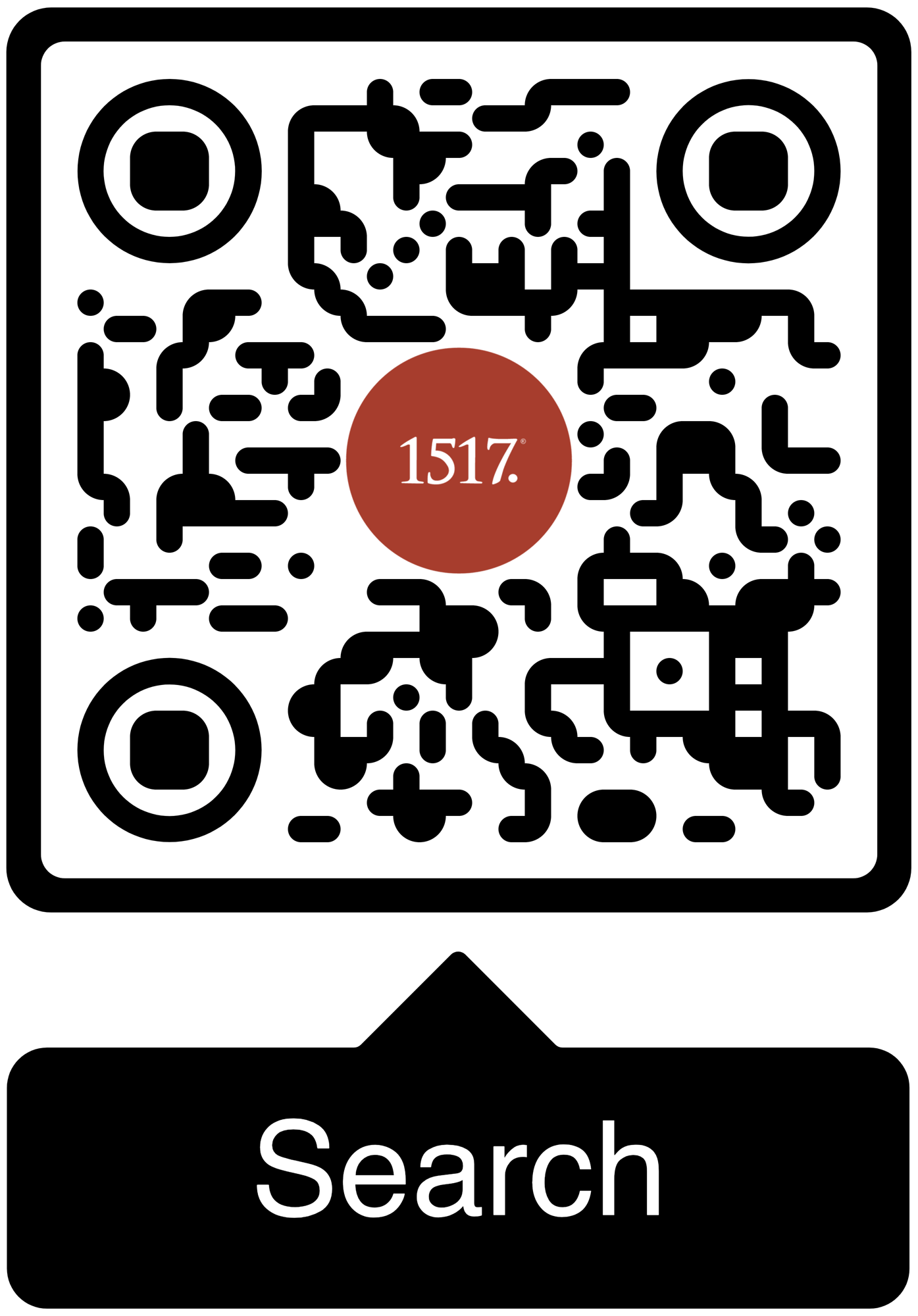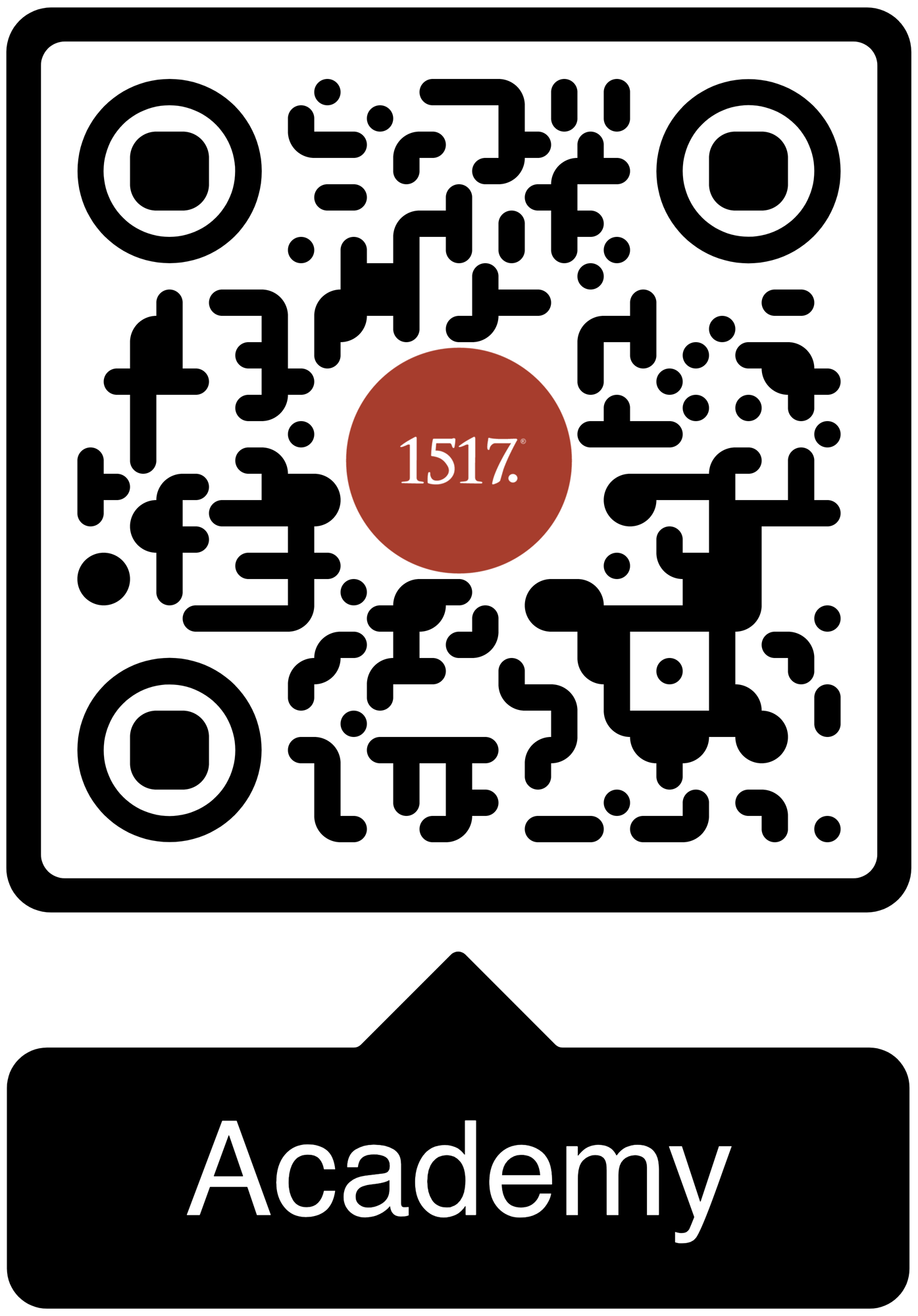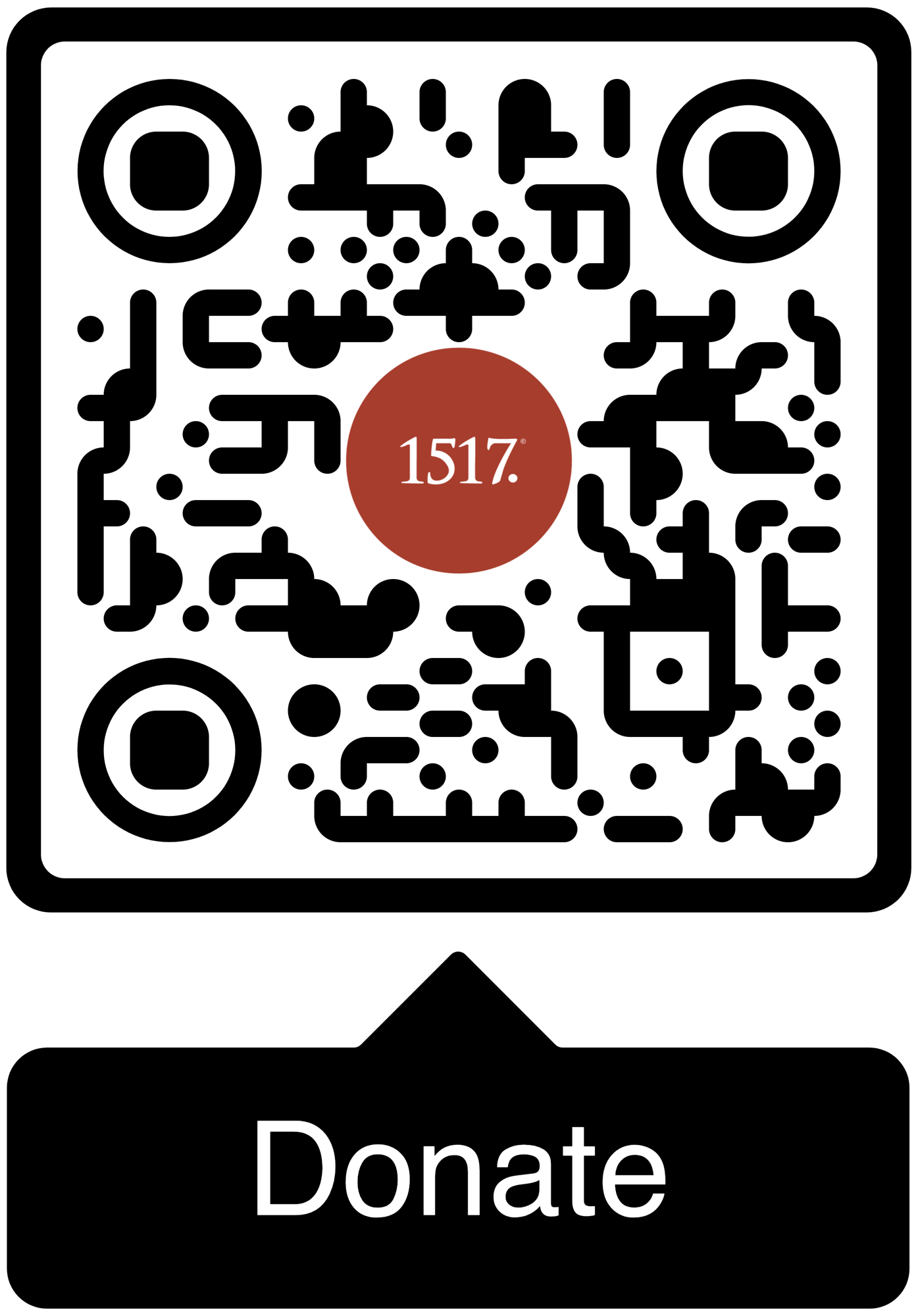The Antichrist offers another continual presence. It is every whisper that tempts us toward autonomy, that tells us to carry it alone, that insists suffering is meaningless.
09/25/25
He is the God who always is, whose Word is true, and never fails. He is a God who acts and always does what he says he’s going to do.
09/24/25
Election is not a riddle to solve. It’s a pillow to rest your head on at night.
All Articles
Author
- All Authors
- 1517 Guest Contributor
- 1517 Publishing
- 1517 Staff
- A. A. Just Jr.
- A.J. Vega
- Aaron Boerst
- Adam Francisco
- Adam Stetson
- Amy Mantravadi
- Andrew Foss
- Anthony DiLiberto
- Blake Flattley
- Bob Hiller
- Bob Sundquist
- Bonnie Petroschuk
- Brad Soenksen
- Bradley Gray
- Brandon Hanson
- Brandon Pangman
- Brennan Manning
- Brian W. Thomas
- Bror Erickson
- Bruce Hillman
- C.S. Lewis
- Caleb Keith
- Chad Bird
- Charles E. Fry
- Christopher J. Richmann
- Cindy Koch
- CJ Armstrong
- Craig Donofrio
- Dan Chrismer
- Dan van Voorhis
- Dan Weber
- Daniel Deen
- Daniel Emery Price
- Daniel Stenberg
- David Clay
- David Rufner
- David Schmitt
- Debi Winrich
- Delwyn Campbell
- Dominick Santore
- Donavon Riley
- Edward Killian
- Elyse Fitzpatrick
- Erick Sorensen
- Gage Jordan
- Gerhard Forde
- Grant Klembara
- Greg Koukl
- Gretchen Ronnevik
- Haroldo Camacho
- Hermann Sasse
- Jacob Corzine
- Jacob Smith
- Jake Allstaedt
- Jared C. Wilson
- Jason Lane
- Jason Lang
- Jason Oakland
- Jay Sawrie
- Jeff Mallinson
- Jeffrey Pulse
- Jenifer Mohan
- Jessica Delgado
- Jessica Thompson
- Jim Nestingen
- Joel Fitzpatrick
- Joel Hess
- Joey Goodall
- John Bombaro
- John Bortulin
- John Chrysostom
- John T. Pless
- John W. Hoyum
- John Warwick Montgomery
- Jonathan Ruehs
- Jordan Spina
- Joshua Miller
- Justin Rossow
- Karen Stenberg
- Kathy Morales
- Katie Koplin
- Kelsi Klembara
- Ken Sundet Jones
- Kerri Tom
- Kevin Hale
- Kevin McClain
- Kyle G. Jones
- Larry D. Hughes
- Laura Bauer
- Luke Kjolhaug
- Magnus Persson
- Mariah Coward
- Mark Jasa
- Mark Mattes
- Mark Pierson
- Martin Luther
- Matt Johnson
- Matt Kroelinger
- Matt Popovits
- Michael Berg
- Michael Gibney
- Nicholas Hopman
- Nicholas Kallis
- Norman Nagel
- Paul Dunk
- Paul Koch
- Pete Lange
- Peter Nafzger
- Philip Bartelt
- Preston Sprinkle
- Raleigh Sadler
- Rick Ritchie
- RJ Grunewald
- Robert Farrar Capon
- Robert Kolb
- Rod Rosenbladt
- Roland Ehlke
- Ron Hodel
- Ryan Couch
- Ryan Matthias
- Ryan Stevenson-Cosgrove
- Ryan Tinetti
- Sam Leanza Ortiz
- Sam P. Schuldheisz
- Sarah Crowder
- Scott Davis
- Scott Keith
- Scott Landrum
- Seth Moorman
- Steve Byrnes
- Steve Kruschel
- Steven A. Hein
- Steven Paulson
- StoryMakers NYC
- Tanner Olson
- Tate Barber
- Ted Rosenbladt
- Travis Scholl
- Tyler Cronkright
- Uwe Siemon-Netto
- Valerie Thur
- Wade Johnston
- Walter Hwang
- Wayne Sender
- Zack James Cole
03/26/21
The truth is we’ve always mixed up the roles of penitent and priest.
03/21/21
Jesus is not just another king in the line of David—this is the new King David! Hosanna in the highest!
03/20/21
Ultimately, there is only one Lord of the Universe, and he does not share power. If Jesus is Lord, Caesar is not.
03/18/21
The petition not to be led into temptation is found in just the right place within the seven petitions.
03/16/21
When you walk into church on Sunday, you may not notice, but there are wounded soldiers sitting in every single pew.
03/15/21
If Jesus is better than Moses, then everything changes. If Jesus is better than Moses, then the ultimate becomes the penultimate.
03/14/21
Jesus takes the sins of man upon Himself and carries them to the cross to make our hearts holy and acceptable in the eyes of God.
03/09/21
There is joy in Lent, but it is the kind of joy that comes in being made whole.
03/07/21
When we look upon the cross, we see our sin. We also see the One who washes it away and gives life.
03/03/21
God preserves language so he might continue to communicate his love and grace to us, and that we might communicate his love and grace to others.
02/28/21
Christianity is not about principally about ethics. It was the Cross on the Hill rather than the Sermon on the Mount that produced the impact of Christianity upon the world.
02/28/21
The words “sanctify” and “sanctification” have deep roots in the Old Testament. There, holiness is about nearness to the presence of God. He is the holy-maker. Sanctification is his gift. The Old Testament helps us to avoid the common misunderstanding today that sanctification is all about our life of good works.
1517 is a Christian non-profit (501(c)3) multi-media organization. Our mission is to declare and defend the Good News that we are forgiven and free on account of the death and resurrection of Jesus alone.





1517 grants permission for our free online resources to be printed, photocopied, and otherwise used freely for private and church use. We require that authorship and source (1517.org) are referenced and maintained. These resources may not be sold or included in any publications for sale.


